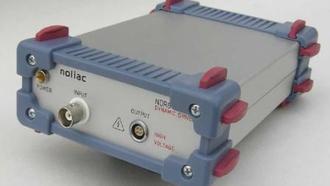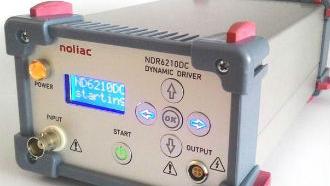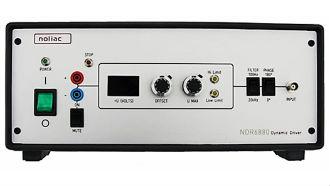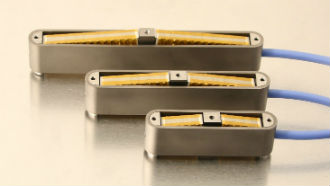
Amplified actuators
Noliac amplified piezo actuator is a compact solution with a high resonance frequency. The multilayer actuator features a low form factor and provides medium stroke and blocking force. The amplified piezo actuator offers push and pull with the same level of performance and it is temperature stable as well.
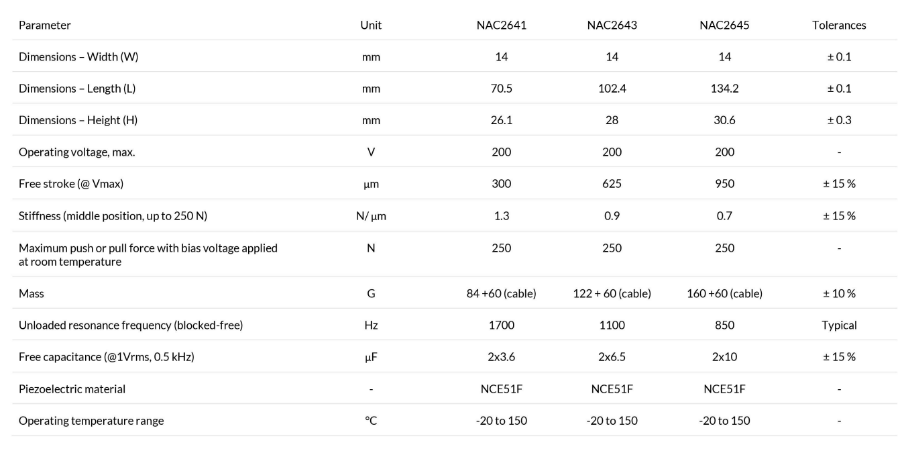
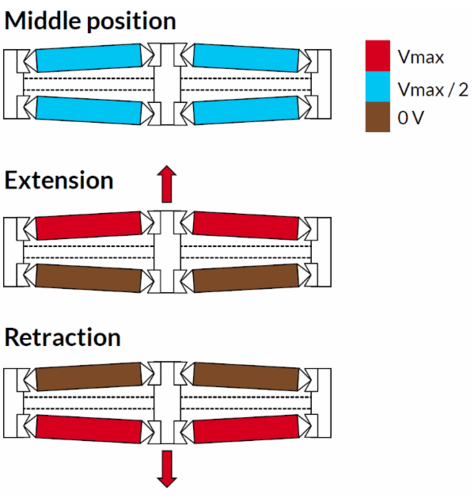
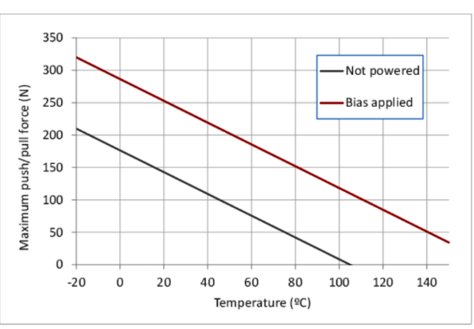
Noliac’s amplified actuator is based upon low voltage piezo actuator stacks for systems requiring lighter actuators with temperature stability and high resonance frequency.
The unique diamond construction makes the actuator more compact than many commercially available amplification systems. In addition, the lower mass and optimized stiffness imply higher mechanical resonance compared to other solutions, allowing operation at higher frequency.
Features
- High stroke
- High force
- High resonance frequency and thus wide operating bandwidth
- Push and pull with same level of performance
- Low magnetic
- Temperature stable
- Compact
- Lightweight
- Design flexibility
Principle
The amplified actuator is based on four piezoelectric stacks, connected in pairs. Each stack is hinged at its ends and maintained in place with a small angle. The arrangement is shown in the figure. The whole assembly is preloaded through the use of a tension member maintaining the fixed members in place. This ensures that the piezoelectric stacks operate in optimal conditions.
The amplified piezo actuator is operated as follows. When the applied voltage is increased on one pair of stacks, it is decreased on the other pair. This contributes to a movement of the output member in one direction. It should be noted that in the case of a free displacement, the tension in the piezoelectric stacks as well as in the tension members (therefore the preload) remains almost constant. This means that strain energy is transferred directly from the stacks to the output instead of being stored in the amplification mechanism. As a result, this amplification method is very efficient. In addition, the structure is not submitted to high bending mass and thus not subject to fatigue.
Temperature stability
Upon temperature change, differential thermal expansion between the ceramic and the other materials in the assembly will lead to a change in force repartition. This will result in a change in the internal preload. Therefore the maximum push or pull force needs to be adapted, see graph. However unlike most of the existing amplification schemes available on the market, this will not result in a movement of the output.
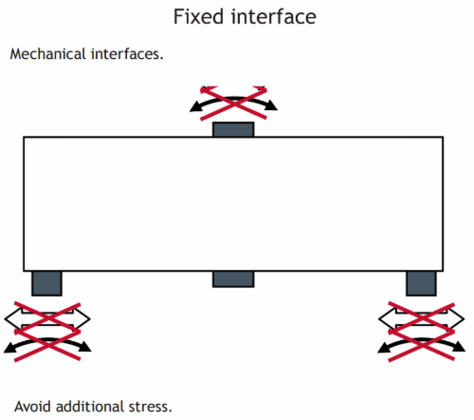
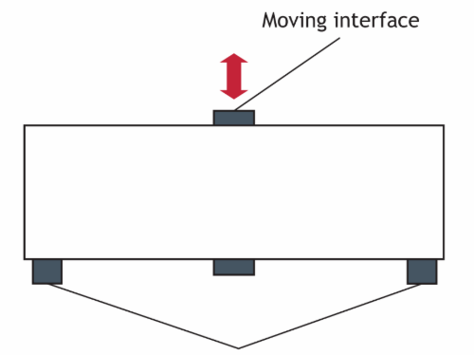
The actuator provides 2 mechanical interfaces:
- Fixed interface: 2xM3
- Moving interface: 1xM3
Warning: avoid additional stress on the actuator such as:
- Pushing/pulling and bending between the two points of the fixed interface.
- Transverse and bending the moving interface.
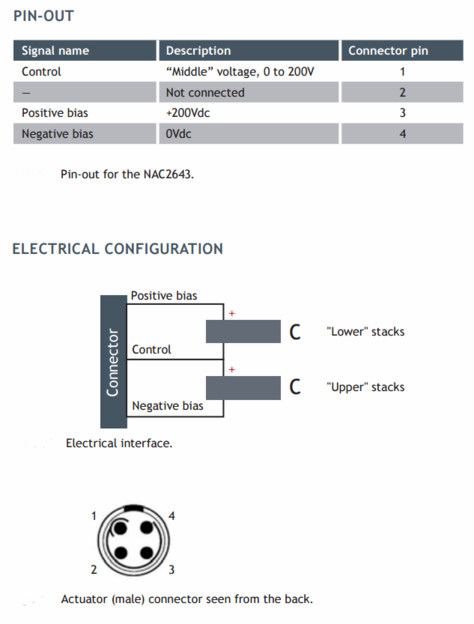
Connecting
As a standard, the actuator is fitted with a connector LEMO FGG.0B.304.CLAD52Z.
It mates for example with:
- EGG.0B.304.CLL (panel mount)
- PHG.0B.304.CLLD52 (cable mount)
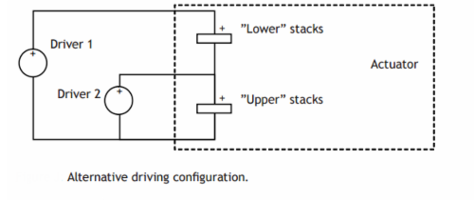
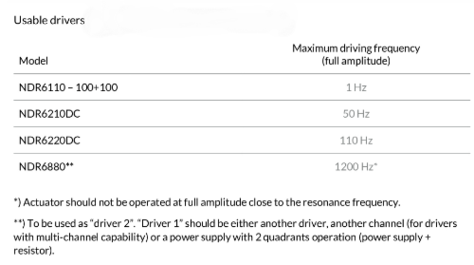
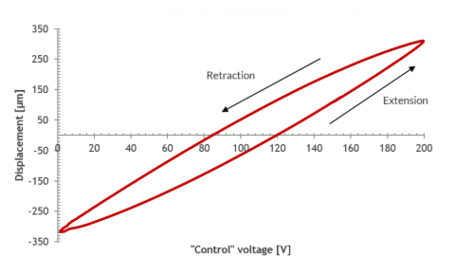
The amplified actuator can be driven using a standard driver NDR6110 -100+100 (+/-100V version). Due to the high capacitance of the stacks, this is only recommended for static operation (<1Hz).
Alternatively, the actuator can be driven using two single channel drivers.
Driver 1 should be adjusted to 200 Vdc. It should be able to provide both positive and negative current (2 quadrants operation).
Driver 2 should provide a voltage between 0 and 200 V. Displacement of the actuator will depend on the applied voltage: 0 V = fully retracted; 200 V = fully extended (see hysteresis curve below).
WARNING: Always ensure that the voltage provided by driver 2 is lower than that of driver 1. Failure to do so will lead to de-poling of the “lower” stacks, resulting in performance loss or even permanent damage.



